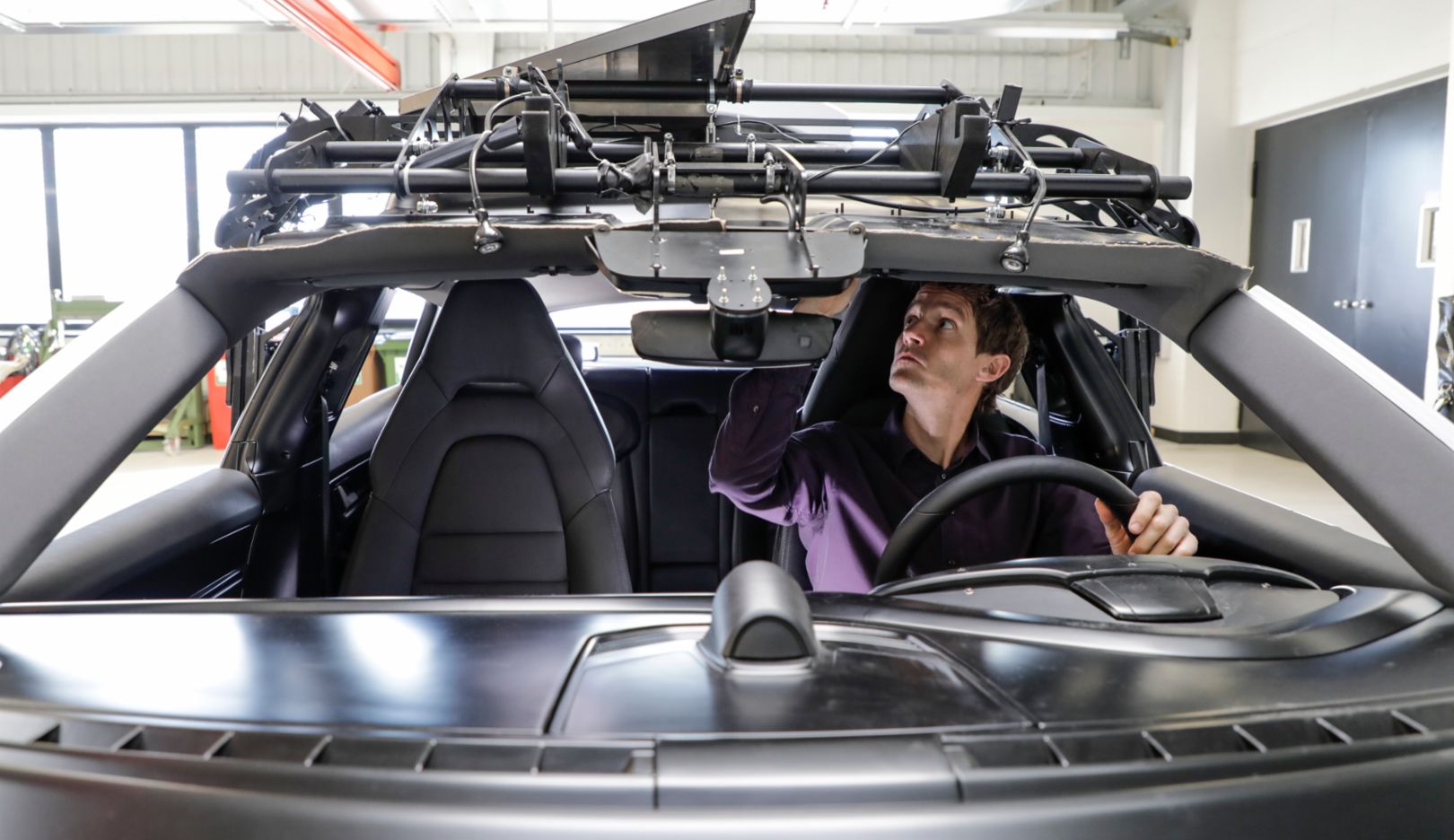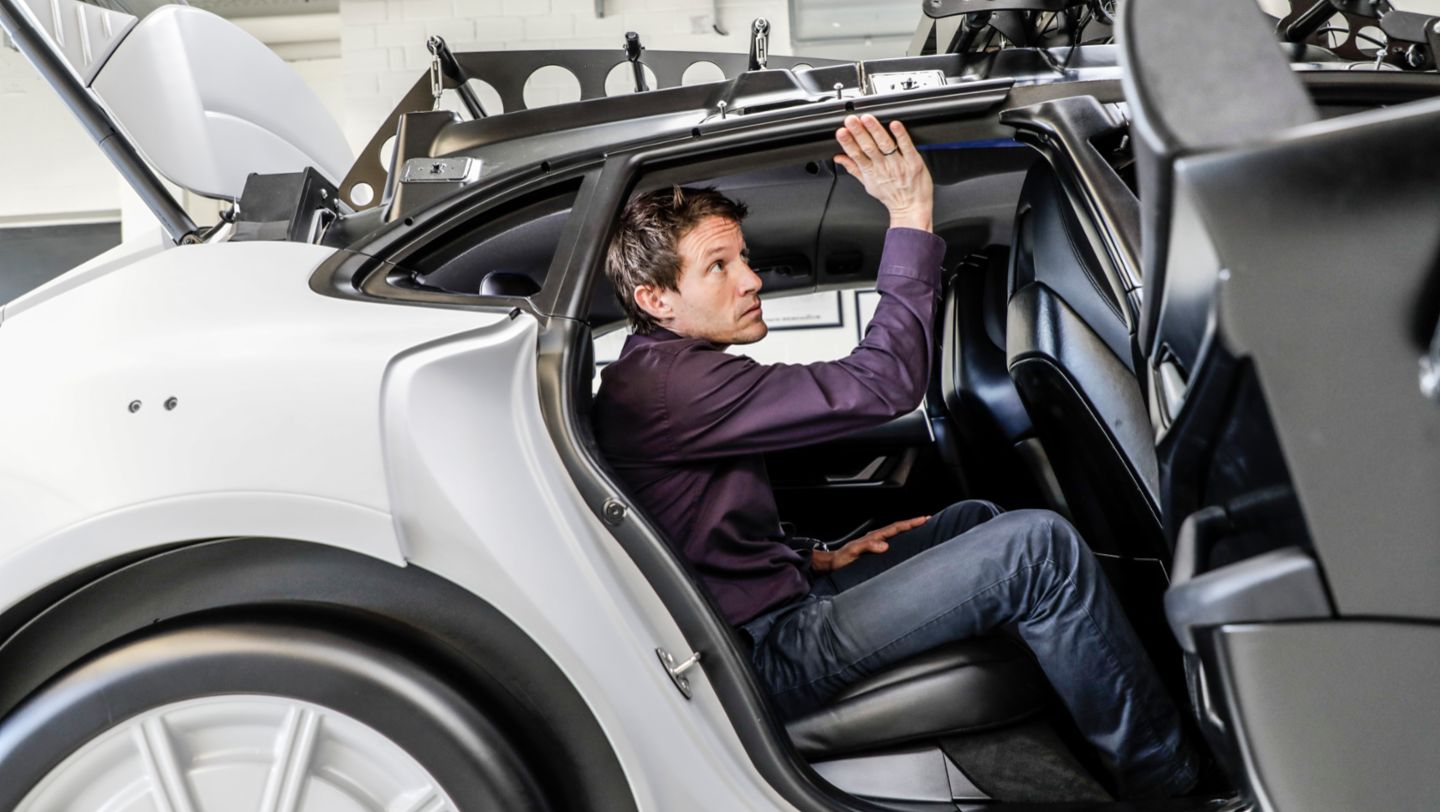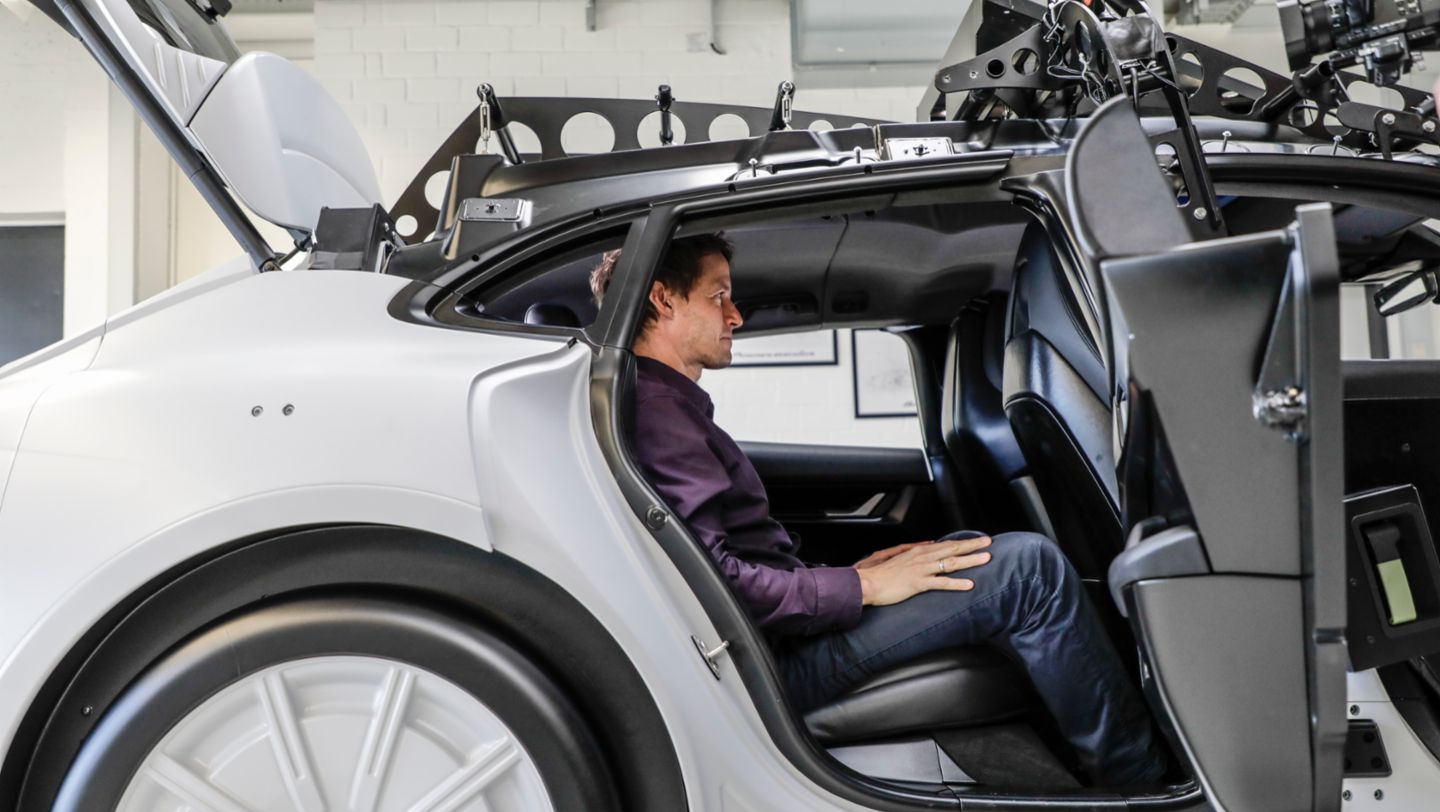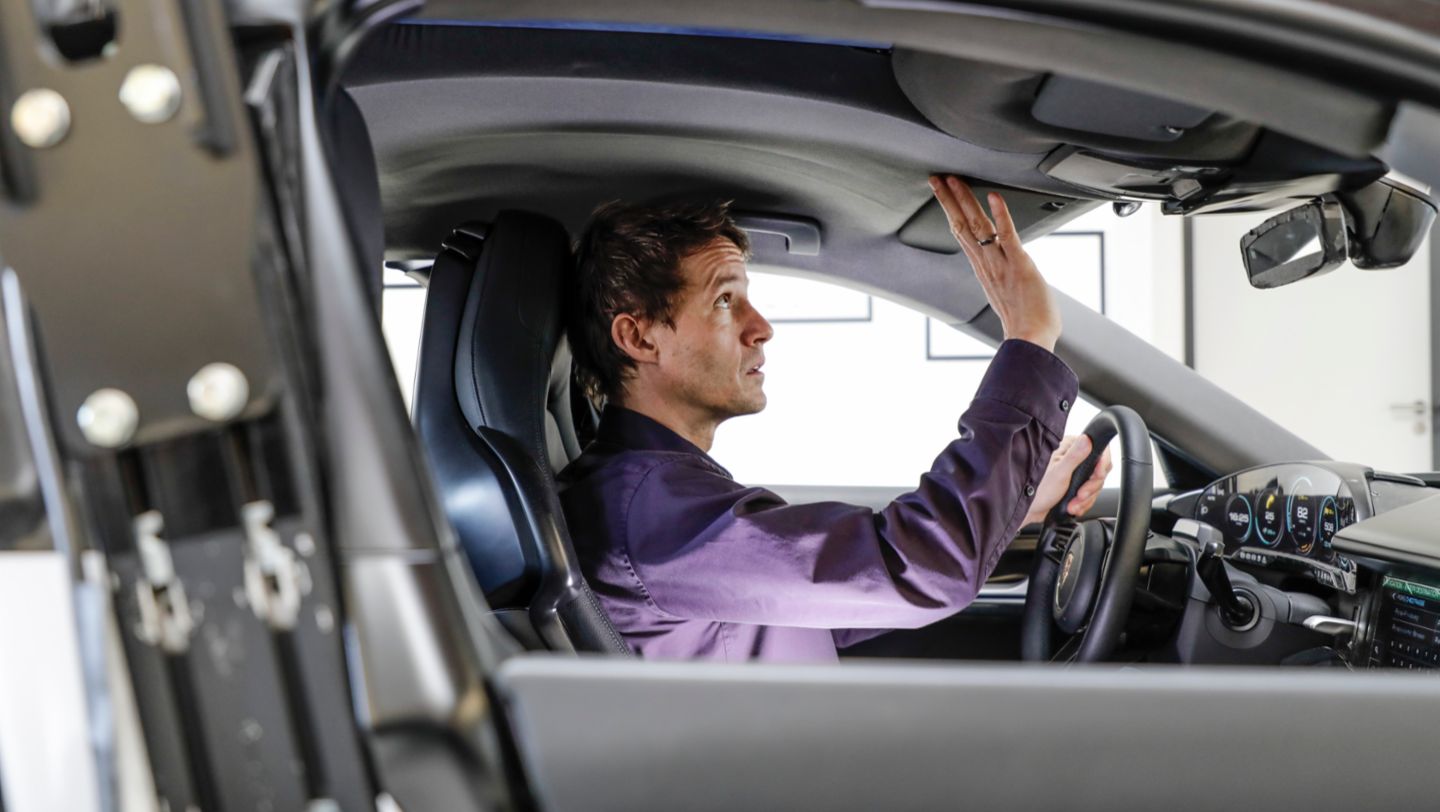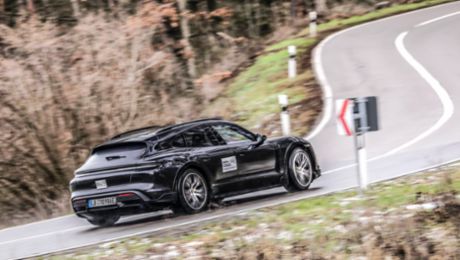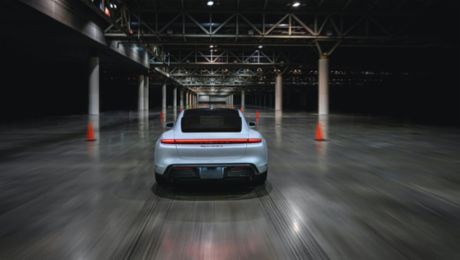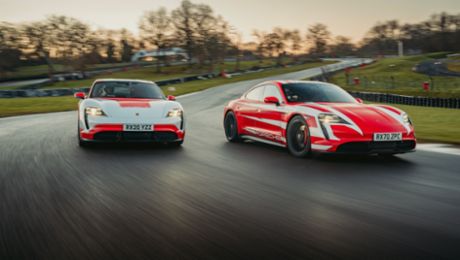In the brightly lit and secretive surroundings of the PFM Workshop in Weissach, Klaus Bernhard is busy projecting the future needs of customers onto a car that doesn’t yet exist. It’s a difficult job, but a vital one, as Bernhard and his team work in close collaboration with designers and engineers to produce interior packages that meet the exacting standards of all future Porsche vehicles.
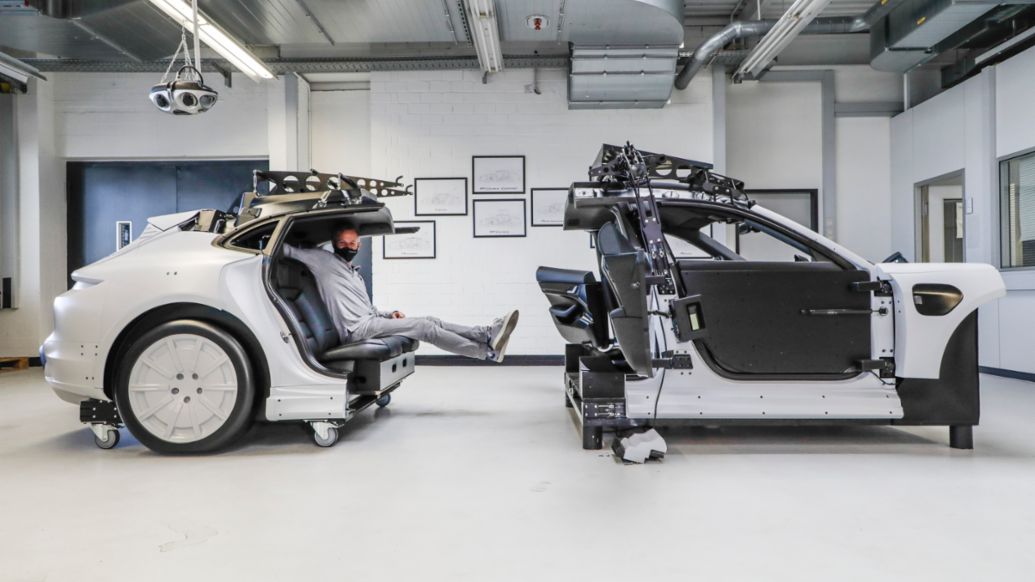
PFM stands for Package Functioning Model, and today the subject of Bernhard’s undivided attention is a full-size model of the Taycan Cross Turismo. Recreated as closely as possible to the ideal finished product, the PFM’s internal ‘seating box’ allows Bernhard to enact all the daily interactions a customer might experience when using the cross utility vehicle, from physical entry and exit of the vehicle, to seating comfort and visibility while inside. Bernhard and his team are experts in ergonomics, and doing this time and again enables them to accurately determine where a final few millimetres here or there will make all the difference in terms of overall passenger comfort.
“Getting into the car, how you feel inside it, getting out again – we evaluate everything,” he explains. “These are things you have to actually experience because just a few millimetres can make the difference between feeling comfortable or not.
Even at this early stage, however, the Taycan Cross Turismo is making Bernhard’s job a little easier. The new all-electric Porsche will be offered with either standard or panoramic glass roof options, but both offer significantly increased rear headroom over the Taycan sports saloon thanks to the new model’s extended roofline. Passengers will also sit higher in the taller Cross Turismo, aiding entry and exit.
The luggage space of the Taycan Cross Turismo
Another consideration for Bernhard in this more versatile derivation of the original Taycan concept is luggage space. Not simply whether it is there or not, but how it will be used and with what. “The customers’ requirements take top priority so we have to carefully consider the size of the boot, but we must also take into account access [to it] and the way it is loaded. This includes what objects the customer wants to put into the boot,” he continues.
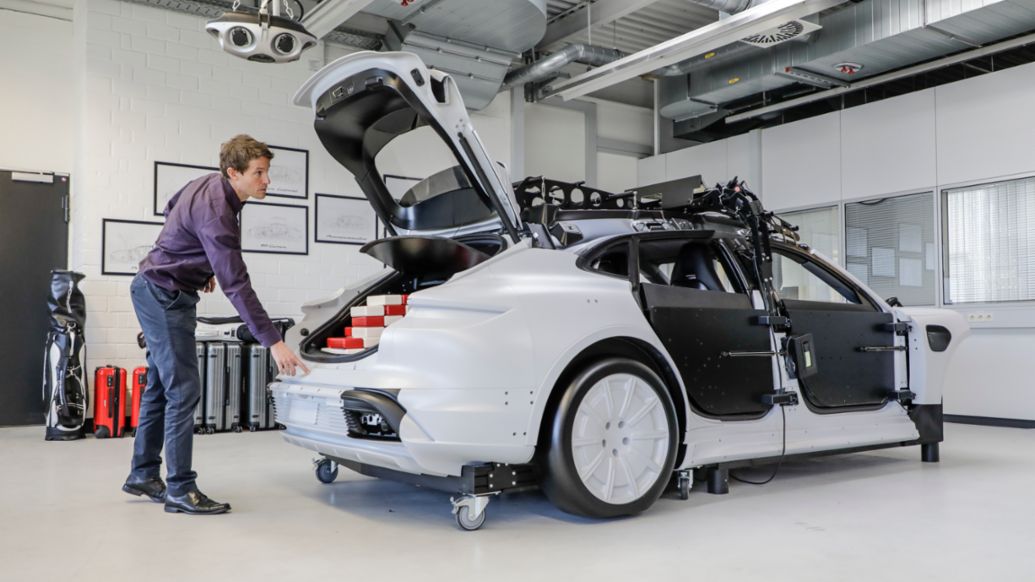
For Bernhard and his team, it’s a case of working closely with the designers who desire a particular shape for the internals of the luggage bay, and the technicians whose requirements beyond what the eye can see may be very different. Volume is essential, but so too is the size and shape of the objects likely to be consuming it. Countless variations are tried and tested, every possible permutation considered. And like everything Porsche does, where function goes first, form must follow. It has to work well, and look great too.
